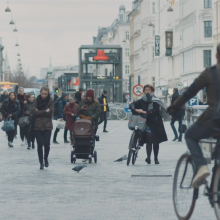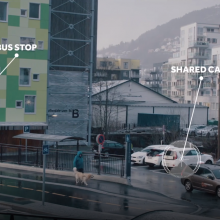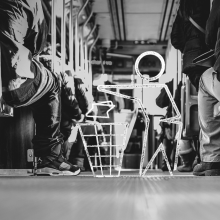Cities share the needs to guide and give information to the citizens and tourists. Wayfinding is required from the city and is a key to experiencing a city. A smart city can do it by providing user centered services using real time information and possibilities to interact in various ways. Smart street furniture are a good example of public private collaboration and use of open data, that also serve the city communications and marketing purposes.
Situated services can share real-time data and feedback about the city, provide possibilities to interact and experience the city. Smart street furniture and services can in the best case create a more efficient, transparent relationship between city administrators and citizens. The urban smart furniture can show contextual, hyperlocal information as well as broader, citywide content, allowing users to peek around walls and across the city. The earlier experiences from Helsinki pilots with urban screens show capacity to be both locally-oriented and serve a more general purpose at once. For officials and administrators this means making the city more transparent and efficient to manage through the use of real-time data and feedback.
Enter the video section for a further visualization and explanation of Helsinki's work.



